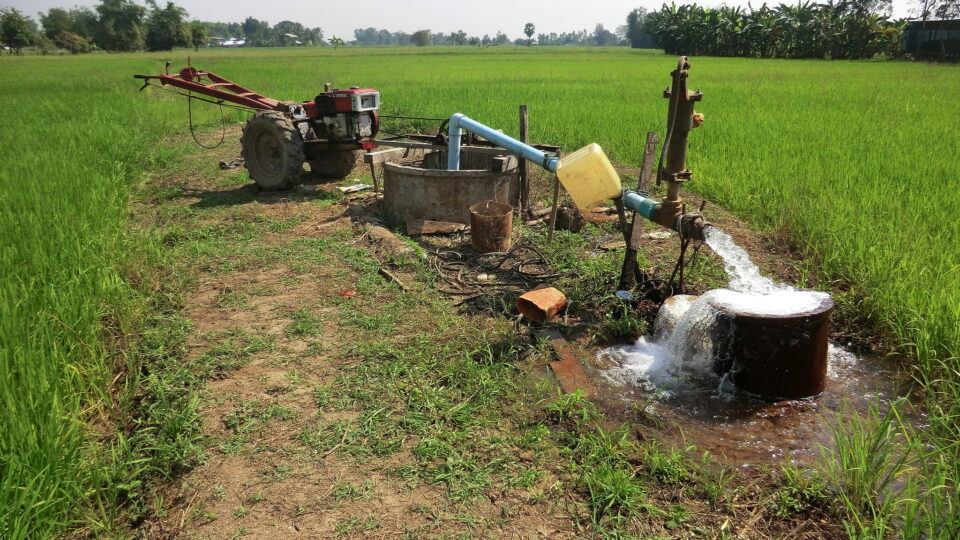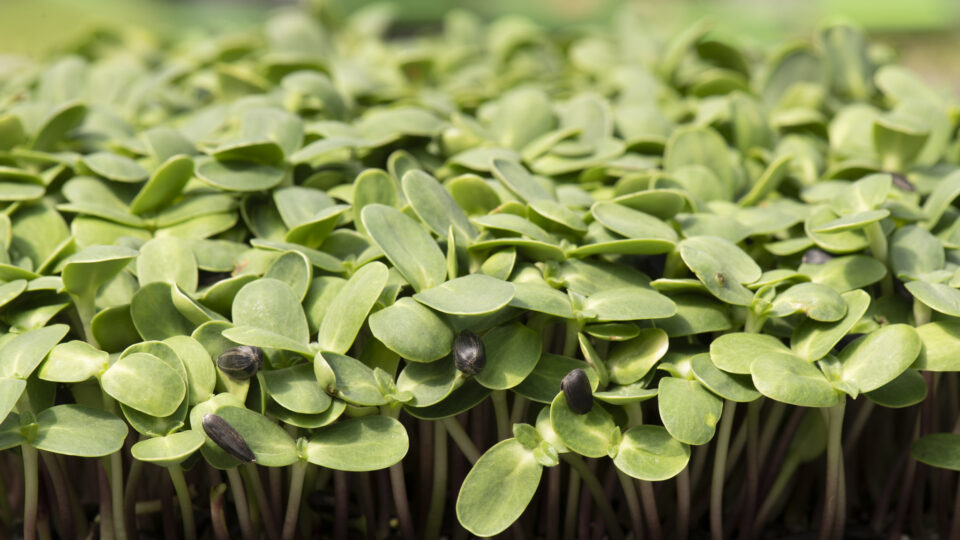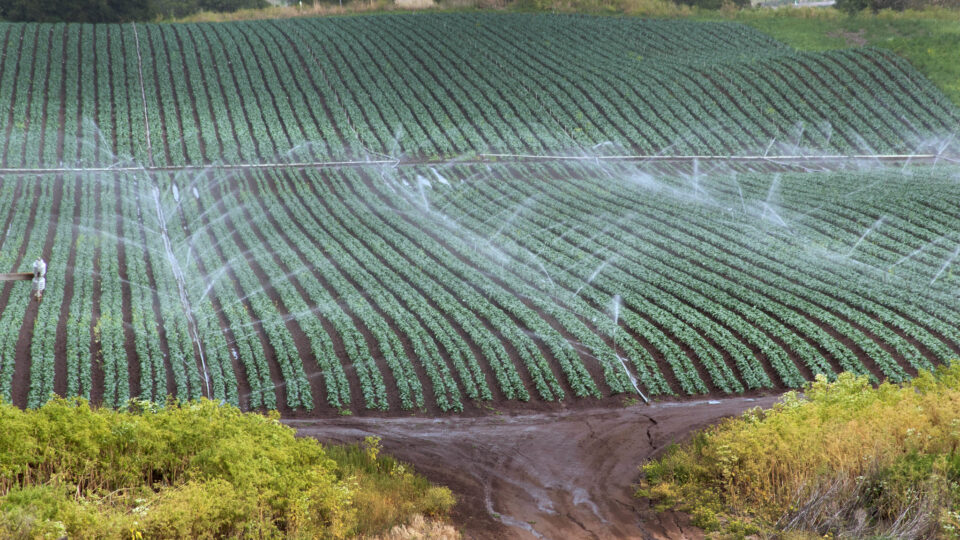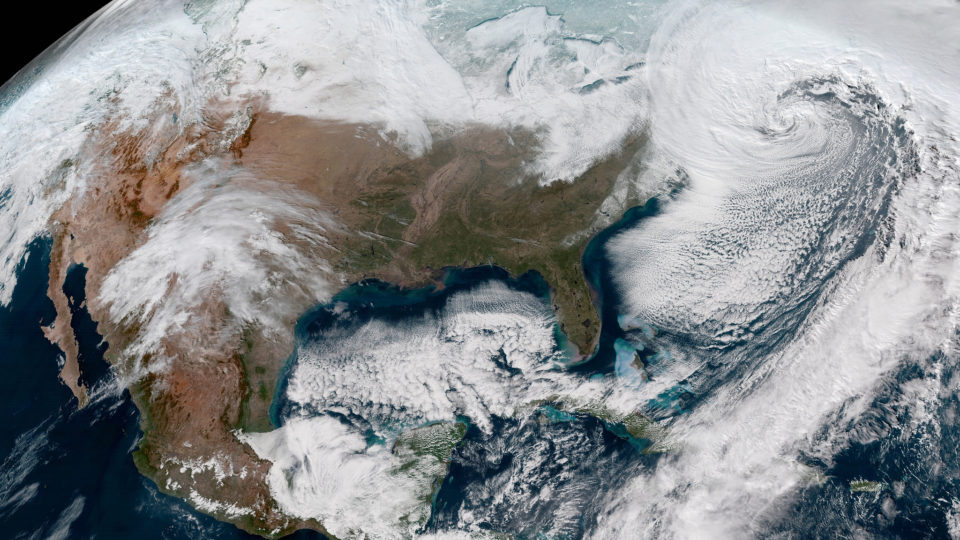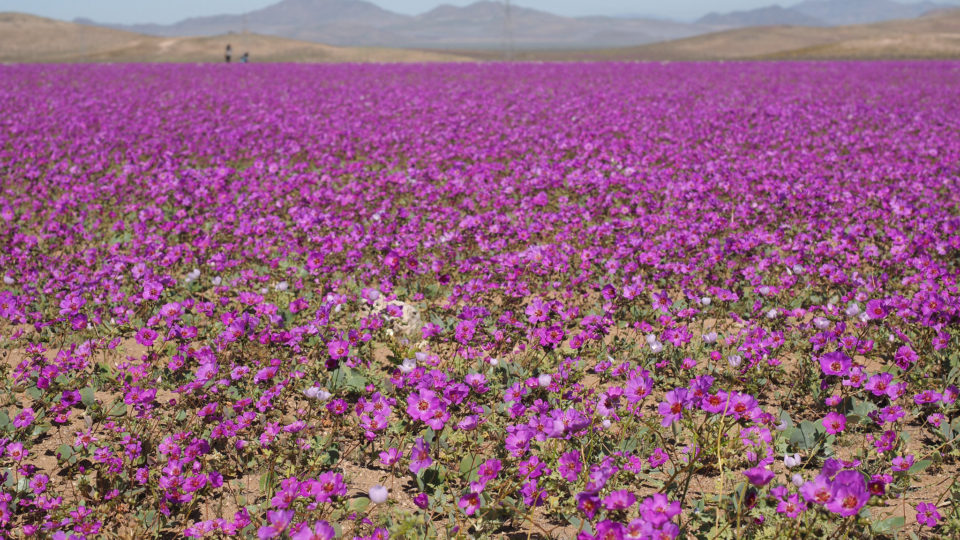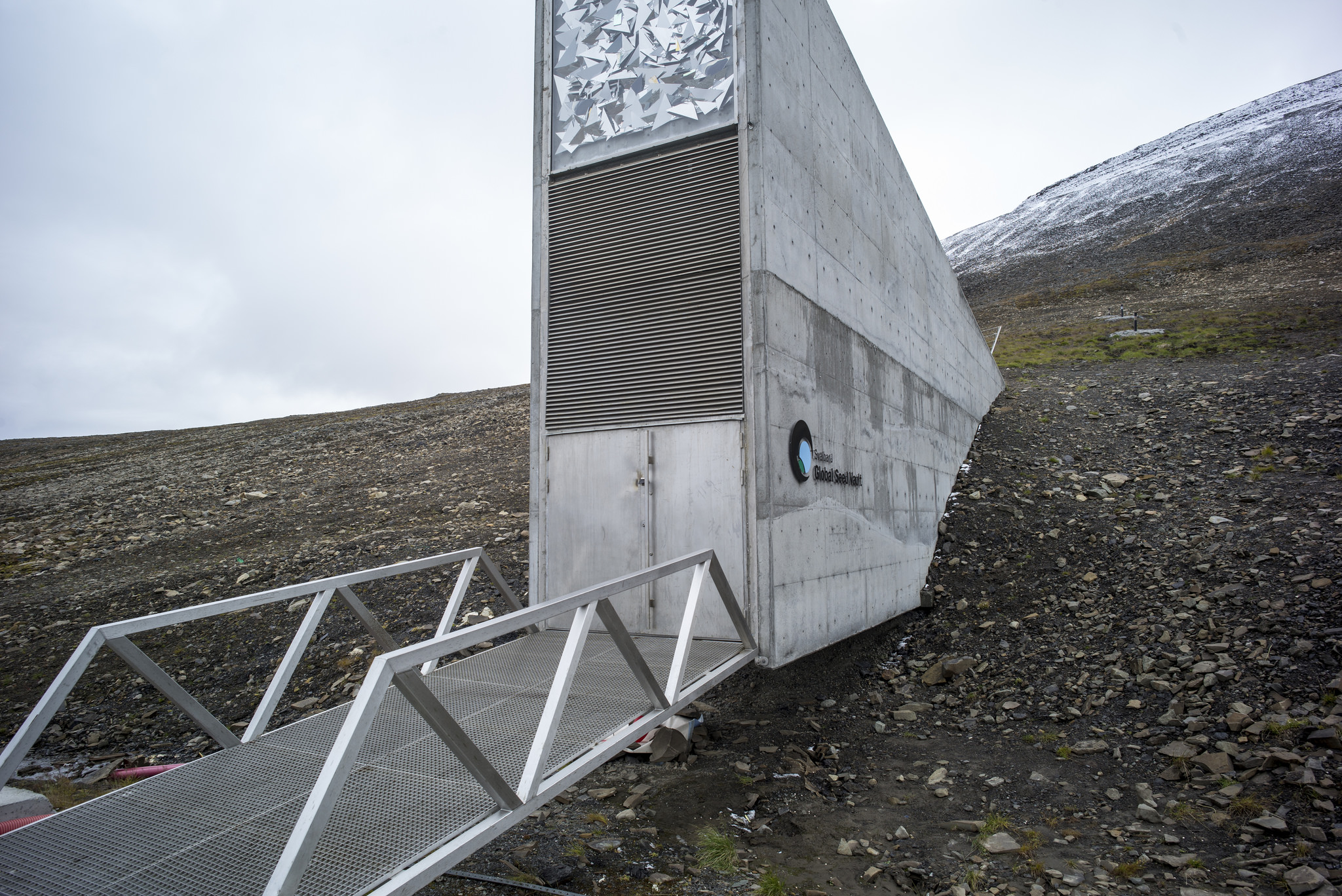Water is a fundamental need for every human being on the planet. Each person requires more than five gallons of clean and safe water a day for drinking, cooking, and keeping clean.
Groundwater wells remain one of the primary sources of drinking water. In fact, more than half of the world’s population gets its drinking water from groundwater wells. Groundwater wells also sustain more than 40% of irrigated agriculture.
Researchers from UC Santa Barbara have recently compiled the most comprehensive assessment of groundwater wells to date. Their research, which was recently published in the journal Science, spanned 40 countries, which collectively account for more than 50% of all groundwater pumping.
According to the survey’s findings, many wells are at risk of running dry – up to one in five wells, to be exact. The researchers compared the depths of water tables against well depths. They found that 6% to 20% of the wells in the study were at risk of running dry if water levels continue to decline by just a few meters.
In many areas where groundwater levels are declining, the research team found that new wells are not being drilled deeper to keep pace with the falling water table. As a result, newer wells are just as vulnerable as older wells should groundwater levels continue to decline.
The researchers hope to expand on this study to include data from China, Iran, and Pakistan, three major users of groundwater from which the researchers could not obtain records. The researchers also plan to investigate how quickly water tables are dropping and where the trend is accelerating.
**********
Web Links
The largest assessment of global groundwater wells finds many are at risk of drying up
Photo, posted January 20, 2018, courtesy of François Molle via Water Alternatives Photos on Flickr.
Earth Wise is a production of WAMC Northeast Public Radio.
